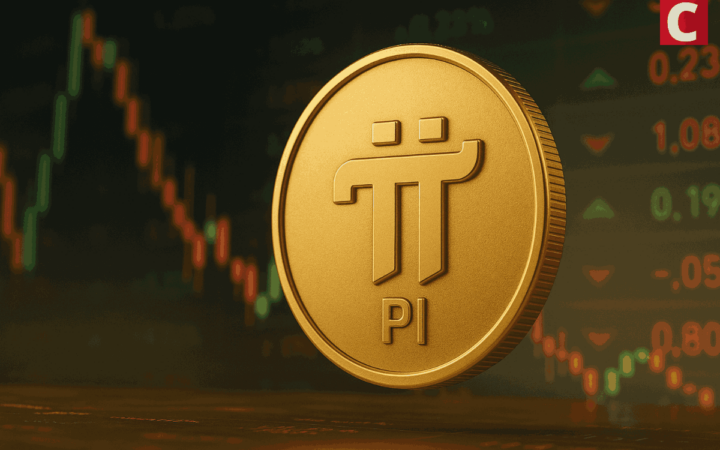- Fed Governor Christopher Waller says the central bank is exploring “payment accounts”– a skinny version of master accounts for legally eligible non-banks.
- The accounts enable direct access to Fed payment rails for fintechs and some stablecoin/crypto firms, without interest, overdraft, or discount-window access.
- Caps and risk-tiering would limit balances and activity; the Fed will consult industry before any rulemaking.
The Federal Reserve is weighing a new “payments account” model after Governor Christopher Waller outlined the concept at the Payments Innovation Conference in Washington, D.C., on October 21, 2025. The idea opens a path for eligible non-bank firms including fintechs and stablecoin service providers, to connect directly to the Fed’s payment infrastructure instead of relying on partner banks.
Why this matters today
The Fed’s payments infrastructure is the backbone that settles money between institutions. Today, non-banks reach it through partner banks or banking-as-a-service arrangements, which add cost, latency, and compliance complexity.
A payment account would let qualified non-banks settle payments directly, streamlining on- and off-ramps for stablecoin issuers, crypto payment processors, and fintech apps, while keeping systemic risk contained.
What a “payment account” is
A payment account is a stripped-down Fed account that handles basic payment and settlement. It is not a bank charter and neither does it turn a fintech company into a bank.
Features
It moves funds and settles transactions over the Fed’s rails, improving speed and clarity of flows. Access would be tailored to the institution’s size and risk profile, with standard supervisory expectations around compliance, resilience, and safeguarding client money.
What it does not include
There is no interest, no overdraft, and no discount-window borrowing. The Fed can cap balances and throughput to prevent operational strain or liquidity risk migrating from private platforms to the central bank.
What changes for crypto payments and stablecoins
Direct rail access can shorten settlement chains for stablecoin redemptions, merchant payouts, and crypto-to-fiat conversions, reducing reliance on intermediary banks. For users, that can mean faster funds availability and fewer failure points.
Related: Federal Reserve to Hold Conference on Bitcoin, Digital Assets, and Crypto Payments
For issuers and processors, it creates clearer compliance lines: eligibility, caps, and controls are defined by the Fed, not by a patchwork of commercial bank relationships. Banks keep their moat around credit intermediation; non-banks get plumbing, not privileges.
Safeguards and supervision
The framework Waller described binds access to risk management. Expect emphasis on KYC/AML, operational resilience, segregation of client funds, and transparent redemption or settlement policies for any tokenized balances that touch fiat rails.
The Fed can scale access up or down by adjusting caps, testing protocols, and oversight intensity as firms grow.
What happens next
The Board seeks industry feedback before formalizing any proposal. The outcome turns on who qualifies, how caps are set, and how supervision is coordinated with Treasury and banking regulators. If the design holds, the Fed could modernize payments connectivity for qualified fintech and crypto firms without loosening bank safety standards.
Related: Fed, Fear, and FOMO: Altcoins Wait on Next Big Move
Disclaimer: The information presented in this article is for informational and educational purposes only. The article does not constitute financial advice or advice of any kind. Coin Edition is not responsible for any losses incurred as a result of the utilization of content, products, or services mentioned. Readers are advised to exercise caution before taking any action related to the company.
Source: https://coinedition.com/fed-payment-accounts-fintech-stablecoin-access/


